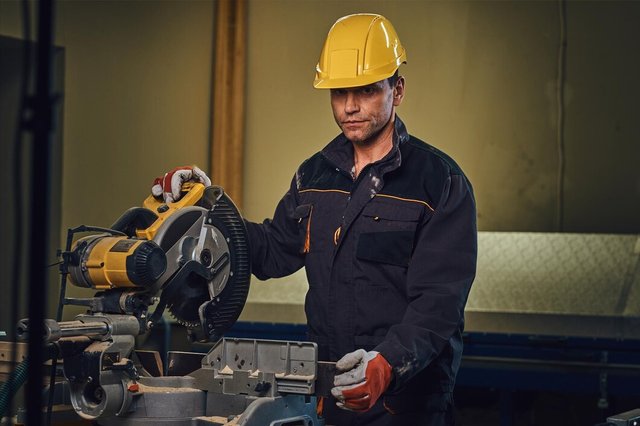DC motor working
DC motor working

A DC engine works by changing over electrical vitality into mechanical vitality through the interaction of attractive areas. Here's a disentangled clarification of its operation:
- Control Supply:
A DC engine is fueled by coordinate current (DC), which streams into the engine. - Stator:
The stator is the stationary portion of the engine, which incorporates changeless magnets or electromagnetic windings. - Rotor (Armature):
The rotor is the pivoting portion of the engine, which is joined to the yield shaft. - Commutator:
The commutator could be a switch that periodically turns around the direction of current within the rotor's windings because it turns. - Brushes:
Brushes are conductive materials that keep up contact with the commutator, permitting electrical current to stream. - Operation:
When DC control is connected, it streams through the brushes and commutator to the windings on the rotor, making an electromagnetic field. - Interaction of Attractive Areas:
The electromagnetic field from the rotor interatomic with the attractive field of the stator, causing the rotor to turn. - Mechanical Yield:
The turn of the rotor is exchanged to the yield shaft, making mechanical movement.
The key to a DC motor's operation is the commutator, which permits for ceaseless revolution by exchanging the heading of current and keeping up the push-pull energetic between the stator and rotor attractive fields¹².
This can be a high-level diagram, and genuine DC engines can have more complex plans and components depending on their particular applications and necessities
Sort: Trending
[-]
successgr.with (74) 10 days ago
